After languishing for decades as the second banana of climate change behind carbon dioxide, methane appears to be enjoying its 15 minutes of fame—with even more notoriety likely on the horizon. The latest Intergovernmental Panel on Climate Change (IPCC) report not only confirms methane’s intensive climate impacts during its initial decades in the atmosphere but also makes a compelling case for an immediate emphasis on methane mitigation in attempting to moderate near-term climate change impacts. This has triggered an unprecedented surge of media attention on methane.
In theory, methane should be easy pickings for serious mitigation policy. This greenhouse gas has considerable commercial value if captured and used as an energy source, and a growing range of technologies are available to measure and minimize methane loss. The methane challenge remains largely political. States have long played the dominant role in methane governance, and energy production firms exercise enormous political influence in state capitals.
Most states have largely continued to play a pat hand on methane in recent years, even while facing a steady drumbeat of nagging evidence about methane releases that routinely exceed reported volumes. Congress began to address this gap through Congressional Review Act use this June, restoring early Obama-era provisions for new drilling on private land. It is considering a proposed “methane pollution fee” designed to establish a more credible system of methane release measurement and discouraging emissions through pricing but this faces stiff industry opposition. The Environmental Protection Agency (EPA) is reviewing possible next steps through the Clean Air Act, vowing new proposals intended to transition the United States from laggard to leader on this issue.
Fortunately, the EPA needs not to start from scratch. A small subset of states has begun to push the edge on methane in the last few years. This includes a series of new initiatives by New Mexico to establish numeric emission targets for producers and concentrate oversight on firms with poor performance records. Pennsylvania and a few other production states have expanded monitoring and leak detection efforts.
But Colorado has emerged as the national methane leader over the past decade. These efforts span the governorships of John Hickenlooper (now U.S. Senator) and Jared Polis and increasingly involve the state legislature in adopting complementary methane policies being formally integrated into statewide climate initiatives. Colorado has remained a leading energy production state, following a six-fold oil output increase between 2009 and 2019. It ranked fifth among states in oil and eighth in gas production in 2019. Its concerns over methane are linked to climate change but also enduring air quality issues and controversies over drilling proposed near residential areas.
Colorado responded initially with a suite of energy production policies focused on chemical disclosure and groundwater monitoring, increased setback distances between buildings and drilling operations, and new leak detection and reporting provisions for methane. But this was only the beginning. Subsequently, Colorado has required the installation of non-emitting pneumatic controllers on new sites, as well as existing ones when new wells are drilled or fracked. Production firms are also required to install continuous monitoring equipment on site for methane emissions, volatile organic compounds, and hazardous air pollutants. Findings must be reported to a statewide database designed to become more rigorous and transparent than predominant models.
The state is also expanding its independent monitoring capacities with purchases of its own advanced methane detection equipment. This program utilizes a trust fund established through a legal settlement with a firm responsible for a 2017 gas-related explosion that killed two residents in their Firestone home. This will provide Colorado officials with access to satellites and aerial surveys as well as a mobile air-monitoring van, optical gas imaging cameras, remote sensing technology, and portable methane leak detectors. Such technologies are increasingly deployed in academic research on methane releases but are sparingly used by state governments for industry oversight.
Colorado is also actively exploring bonding reform to assure adequate funding for proper stewardship of abandoned and orphaned wells. Most production states have long placed such steps off-limits given vigorous industry opposition, despite widespread evidence of gaping fiscal shortfalls for site remediation. The state has also taken two unique steps to reduce risks that its long-standing oil and gas commission succumbs to industry capture, a chronic concern in other states where deep industry-government ties endure. First, it has sought to engage the state Air Quality Commission as a full partner in methane governance with the Colorado Oil & Gas Conservation Commission. Second, the state overhauled the latter body in 2020, including an official mission shift from “fostering” to “regulating” energy development. This change also includes a much-expanded emphasis on state collaboration with local governments and a new focus on environmental justice for disproportionately impacted communities.
One heartening opportunity for American climate policy has been the growing potential to base consideration of federal policy options on models emerging from states. State policy innovation for methane remains much harder to find than for carbon. But at least one state has substantial experience in designing and implementing a suite of methane policies that reflect global best practices as the federal government ponders its own next steps.
The Brookings Institution is committed to quality, independence, and impact.
We are supported by a diverse array of funders. In line with our values and policies, each Brookings publication represents the sole views of its author(s).

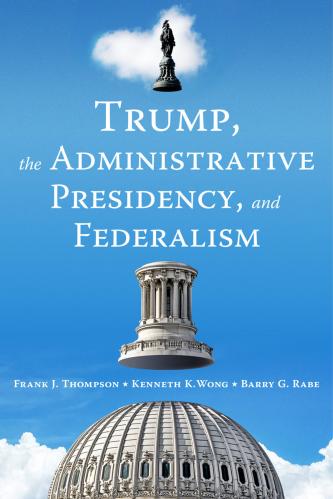
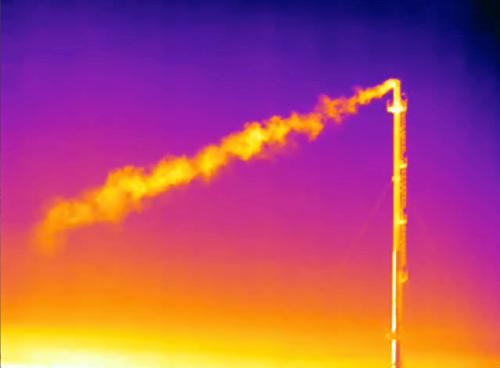

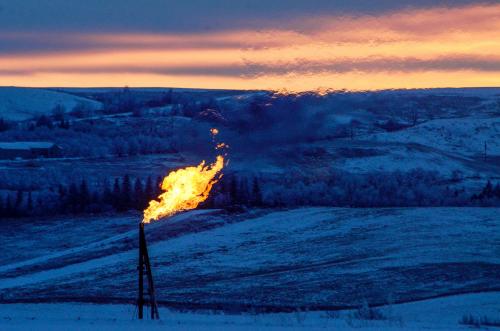

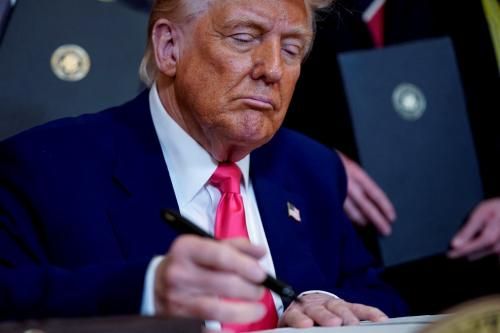
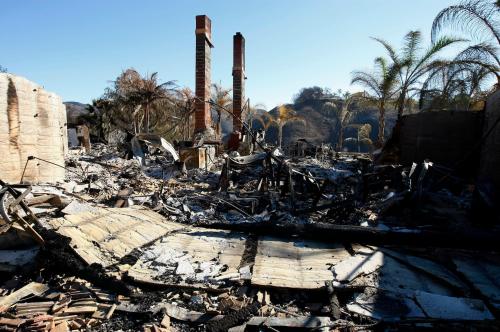
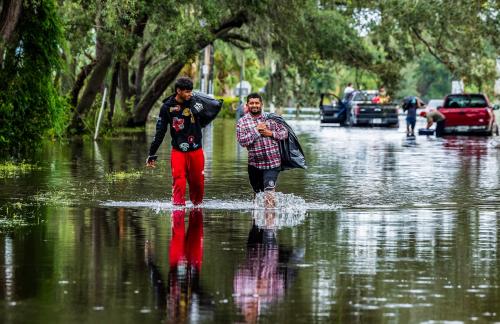
Commentary
Addressing methane: Learning from Colorado
September 16, 2021